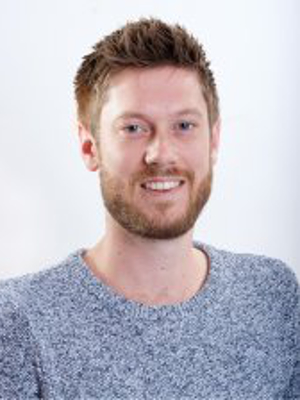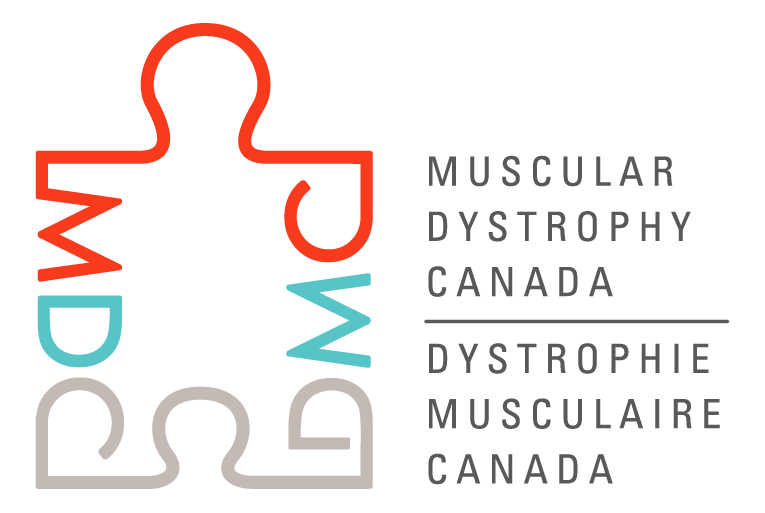B-FIT! Taking exercise away from the hospital into the home environment in people with oculopharyngeal muscular dystrophy
2023
Lead investigator

Dr Eric Voorn
Amsterdam UMC, University of Amsterdam
Amsterdam, Netherlands
Collaborators & Co-Investigators
- Élise Duchesne, PT, PhD (Co-PI)
- Luc Hébert, PhT, MSc, PhD (Co-PI)
- Cynthia Gagnon, PhD
- Fieke Koopman, MD, PhD
- Frans Nollet, MD, PhD
Research Sites & Affiliations
- Amsterdam UMC, University of Amsterdam, Amsterdam, Netherlands
- Université Laval, Quebec, Quebec
- Université du Québec à Chicoutimi, Chicoutimi, Quebec
- Université de Sherbrooke, Sherbrooke, Quebec
Budget: $100,000
Disorders: Oculopharyngeal muscular dystrophy
Research Areas: Enhance Care
Abstract:People with muscle disorders often ask advice on exercise. There is evidence for positive effects of exercise and that it is safe. Most of the studies were done in the hospital or rehabilitation center. This has some clear disadvantages. Travelling to and from the center is tiring for many people with muscle disorders. It also leads to high health care costs. An exercise program in the home environment may be a solution. There is however a lack of home-based programs for people with muscle disorders. Our team developed such an exercise program, called B-FIT in the Netherlands. B-FIT supports health care professionals to tailor the program to the patient. It can also be used to take exercise away from the hospital into the home or community. B-FIT was proven to be successful in the Netherlands. Now many health care professionals are using it there. The use of B-FIT may also be helpful for people living with muscle disorders in Canada. In this project, 20 persons with the muscle disorder called oculopharyngeal muscular dystrophy (OPMD) living in Quebec will follow the B-FIT exercise program. They will train in their own home. The program will be supervised by a trained physiotherapist. After the program, we will ask patients and therapists if they were satisfied with the use of the training guide. We will also evaluate physical fitness. We expect that physical fitness will be improved after the exercise program. This will help people with OPMD to maintain their independency and to improve their quality of life.
Impact:
